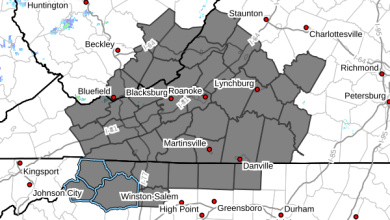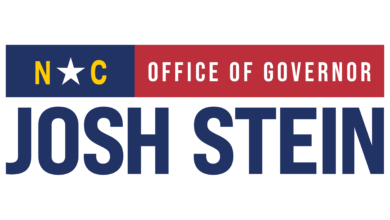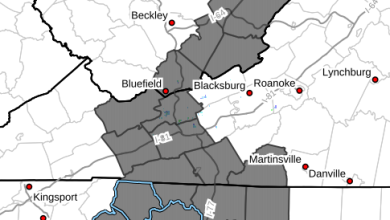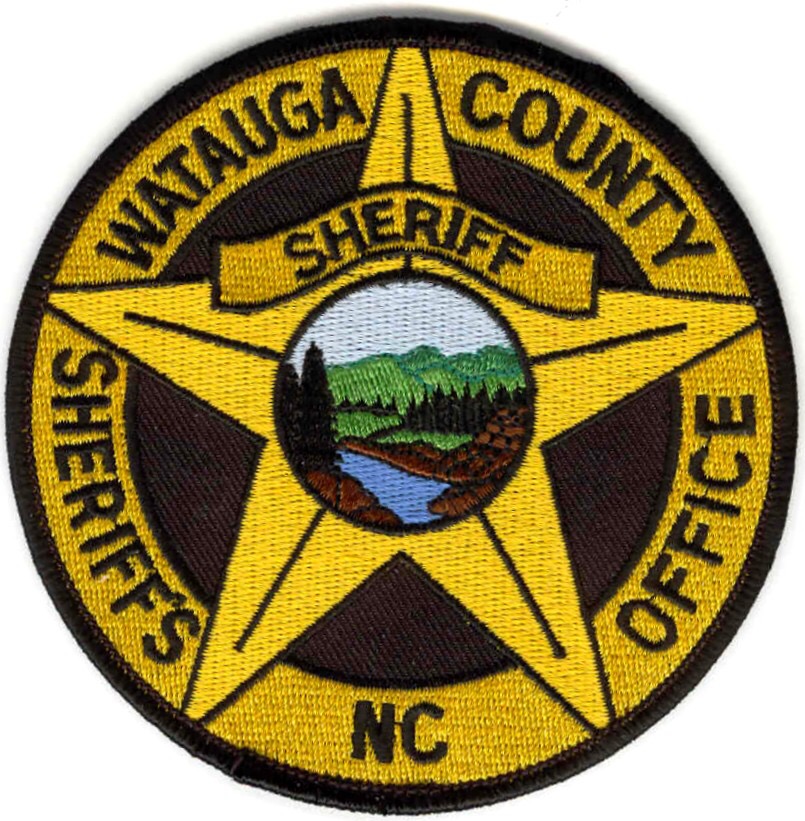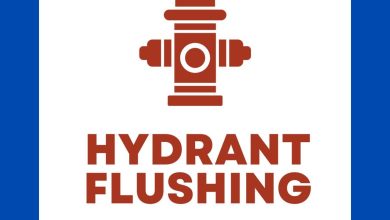Last Updated on December 30, 2015 12:33 pm
Quadcopters, radio controlled planes, UAS – no matter what you call them, there’s no denying that drones are a big hit this holiday season. As Americans wrap up their holiday shopping, the N.C. Department of Transportation is offering advice to the thousands of people receiving a drone this December.
Drones fall under the category of Unmanned Aircraft Systems (UAS). UAS technology is an exciting and evolving field, which can lead to confusion for both UAS owners and the general public. NCDOT wants to help drone owners enjoy their new technology while protecting citizens’ safety and privacy.
“We’re proud of North Carolina’s legacy of being first in manned flight,” said NCDOT Secretary Nick Tennyson. “The academic and industry researchers in our state will make us a leader in unmanned flight as well.”
NCDOT’s Division of Aviation has established guidelines for UAS operation in North Carolina. Both the Federal Aviation Administration (FAA) and the NCDOT Division of Aviation classify UAS flight operations by three categories:
- Recreational – Any UAS flight that is conducted solely for recreation.
- Government – Any UAS flight conducted by a government entity to support their work.
- Commercial – Any UAS flight that serves a business purpose or provides a business benefit, even if that benefit is indirect.
Government and commercial UAS operators must adhere to state and federal requirements established by the North Carolina General Assembly and the FAA. Each classification is subject to specific regulations and guidelines. That includes the FAA requirement that all UAS operators must register their drone. More information about registration is available on the FAA’s UAS website.
Most people receiving a drone this holiday season will use them for purely recreational purposes. While recreational drone flights are not heavily regulated, the FAA and model aircraft enthusiast groups have established a number of guidelines which should be followed to ensure a fun and safe experience:
- Always fly below an altitude of 400 feet and fly within your direct line of sight.
- Do not fly within 5 miles of an airport, near stadiums or other public events, or for compensation.
- Do not fly a drone that weigh more than 55 pounds.
- Do not fly at night, even if your drone is equipped with lights.
“UAS technology is fun and exciting, but it needs to be used responsibly,” said Division of Aviation Director Bobby Walston. “These guidelines will help ensure the safety of people in the air and on the ground.”
UAS operators, whether recreational, government or commercial, should keep in mind that North Carolina has laws governing drone use. Drone users are subject to all North Carolina laws, even if UAS technology is not specifically mentioned. Current and potential drone owners can visit the Division of Aviation’s website to find more information about state and federal UAS regulations and watch a video with safety tips for operators.







